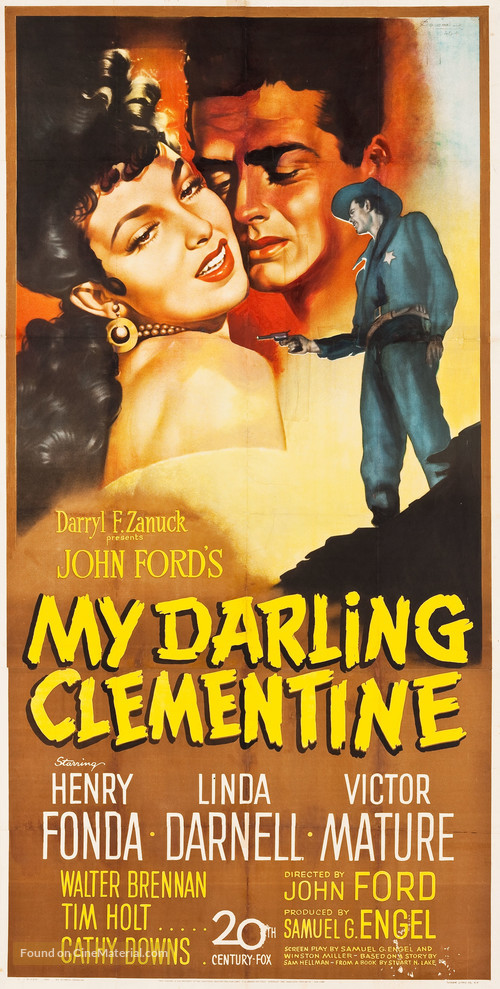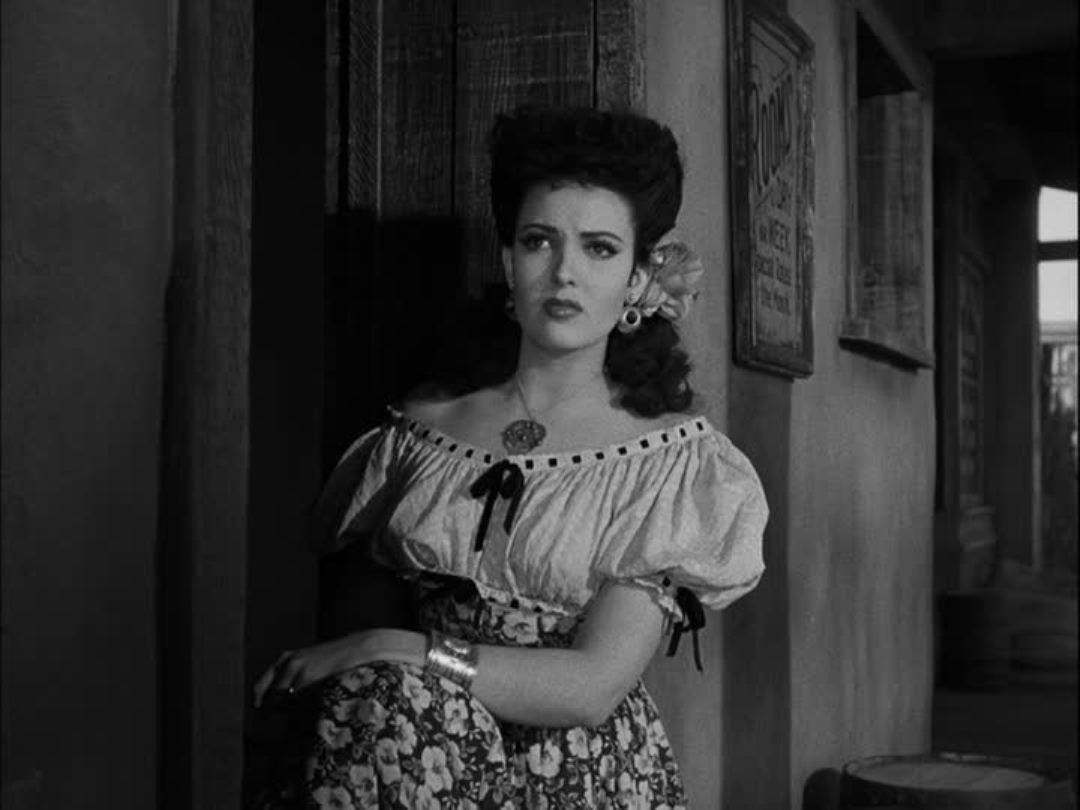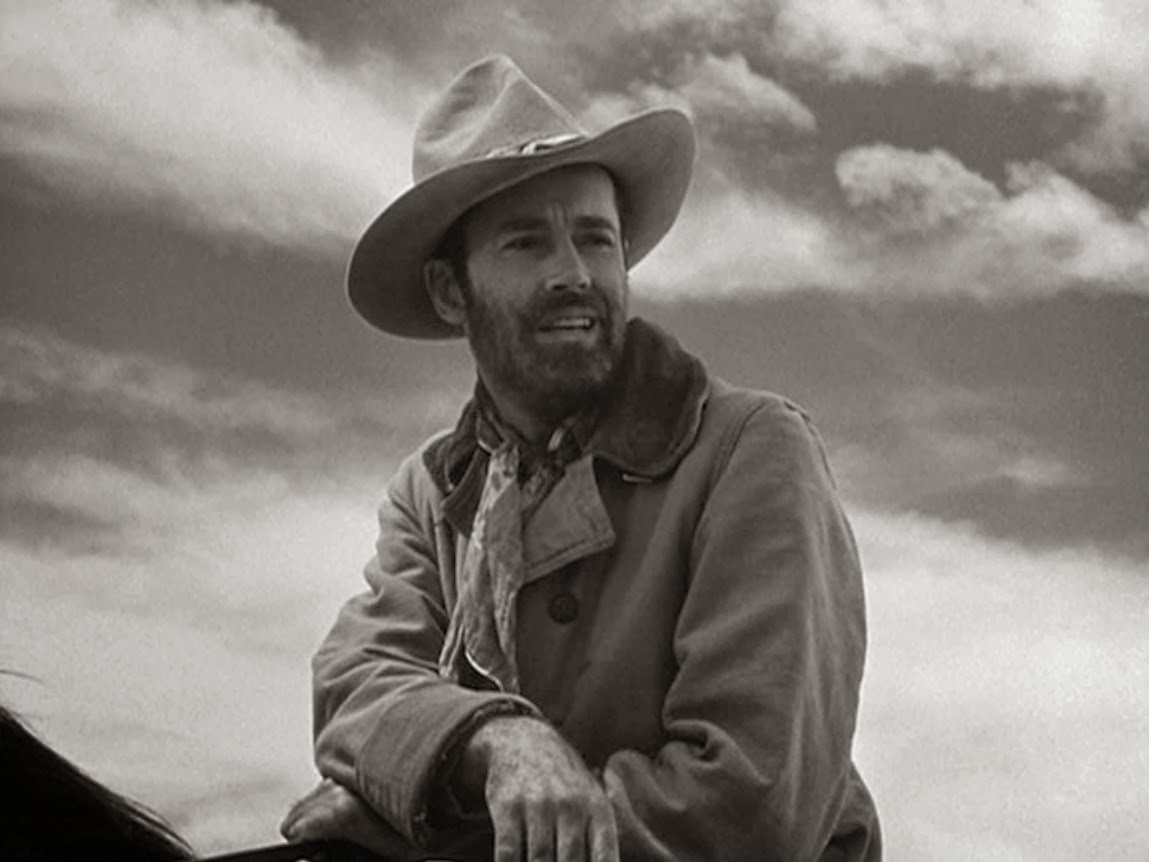

Likewise, in the earlier two films the dominant culture's community is "a harbinger of corruption in the form ofEastern values which threaten frontier ways," while in Clementine the "community. In Stagecoach and Grapes the individuals and outcasts are the heroes, while in Clementine they are the villains as they oppose the larger communal social order. It is definitely celebratory and optimistic in tone, but what's being celebrated is colorless homogeneity in the guise of a better community. As a result, Clementine is a very different film from Ford's predecessors. The forces ofnature and civilization are in competition, and there can be no peaceful coexistence. Since in Clementine there is no reconciliation and yet the overall tone is optiat the dedication of "the First Church of mistic, the question that immediately comes to mind is this: What is Mv Darling Clementine optimistic about? The optimism seems centered not on the idea of reconciliation, but on victory. Nevertheless, contrary to the claims of Creekmur, Lyons and others, in the end there is still no true reconciliation between structural oppositions interestingly, although set in the 188Os, Clementine's lack of rapprochement mirrors the social direction of America in the Cold War era, in which there was a conscious effort to establish a kind of majority rules cultural homogeneity in which those who didn't "fit" were silenced, purged or both. Also, unlike the fates of the Ringo Ed and Tom Joad, in the context of Clementine the Wyatt Earps of the world are not totally at odds with the larger society in which they live there is some inkling that perhaps all is not hopeless.

For example, the cinematic representation ofwhat makes a viable community is very different in Clementine than it is in either Stagecoach (1939) or Grapes ofWrath (1940). Likewise, Lyons is right in labeling Clementine Ford's most optimistic film ofthe period.

structural oppositions " however, in Clementine attempts at reconciliation, unlike those in most of classical Hollywood cinema, ultimately fail. Creekmur is right that Clementine is rife with "apparently incompatible values represented by. Similarly, Corey Creekmur considers My Darling Clementine to be like most Westerns "of the classical Hollywood cinema" in that it simply "attempts a reconciliation between the apparently incompatible values represented by. RobertLyons, for example, observes that"My Darling Clementine is ultimately a film ofreconciliation in which Ford uses the historical legend of Wyatt Earp to create an affirmation, perhaps his most confident affirmation, ofAmerican moral values and social purpose" (Lyons "History and Romance" 17). However, by setting Clementine in theAmerican West at "exactly the moment when options are still open," John Ford ran the risk ofhaving his film categorized by critics as standardWestern fare. What gives Clementine allegorical resonance is, as Jim Kitses writes, "its historical setting its being placed at exactly the Wyatt and Clementine preparing to dance momentwhen options are Tombstone." still open, the dream of a primitivistic individualism, the ambivalence of at once beneficent and threatening horizons, still tenable " (176-77). Robert Sickels | Special In-Depth Section All East on the Western Frontier: John Ford's My Darling Clementine (1946) Robert Sickels In John Ford's My Darling Clementine (1946), long considered a classic Western, the town ofTombstone, Arizona is right on the cusp of the coming of civilization it's a visual representation of what Frederick Jackson Turner called "the meeting point between savagery and civilization " (Milner 4). In lieu of an abstract, here is a brief excerpt of the content:


 0 kommentar(er)
0 kommentar(er)
